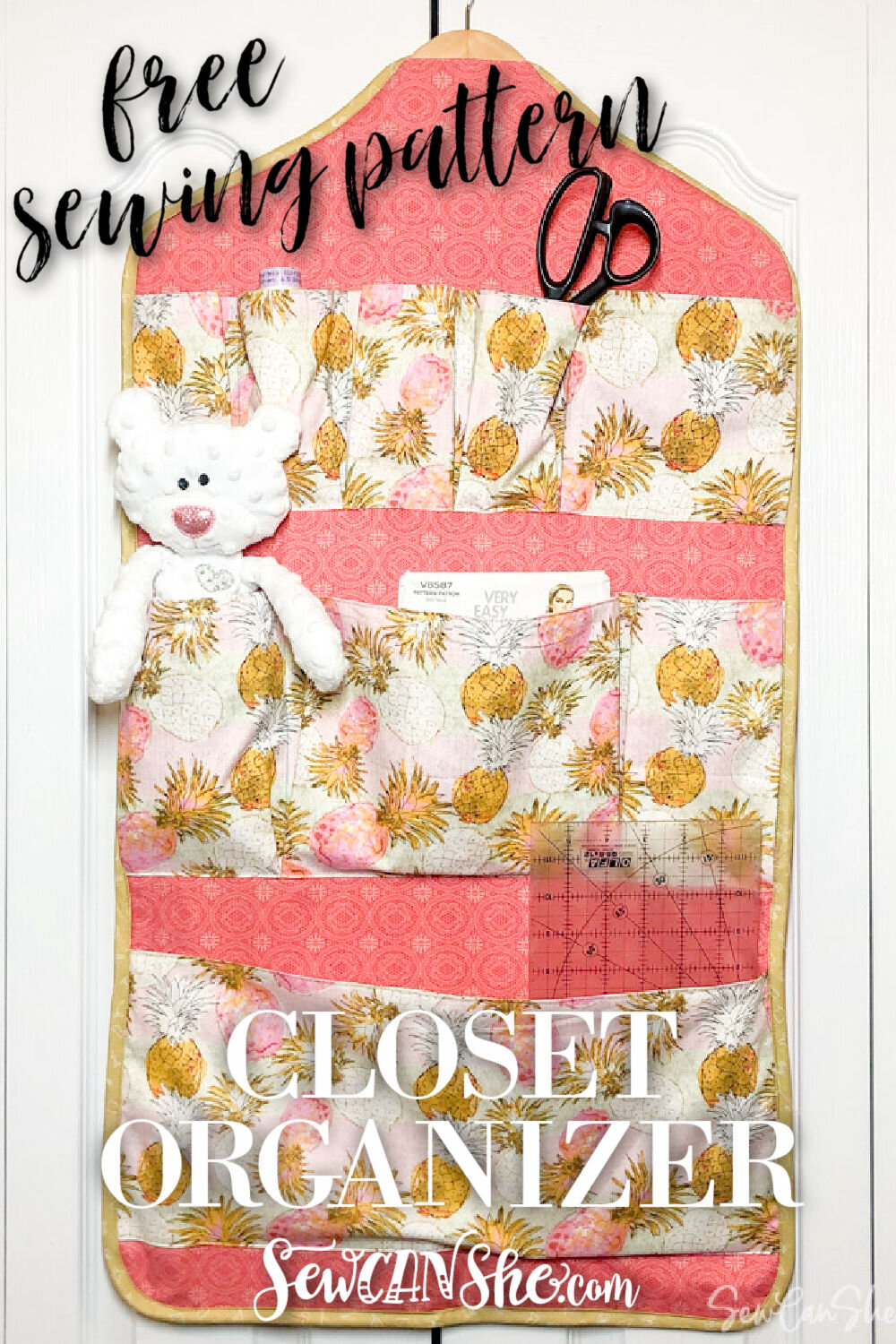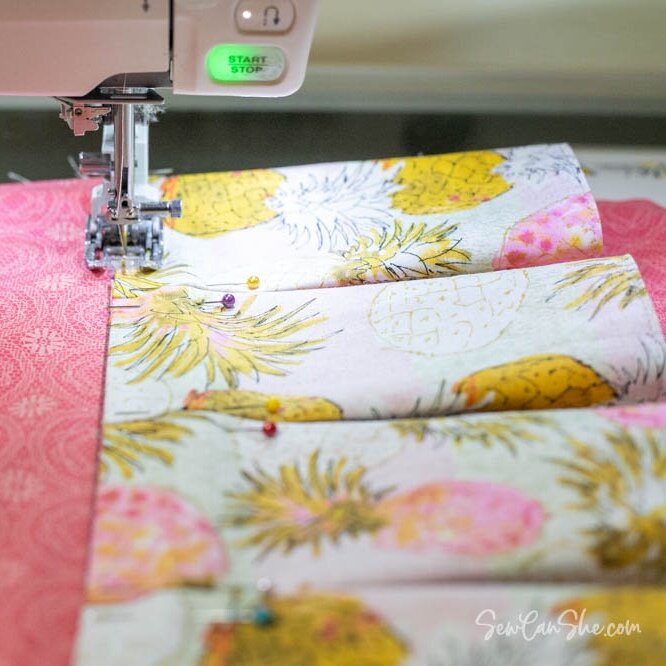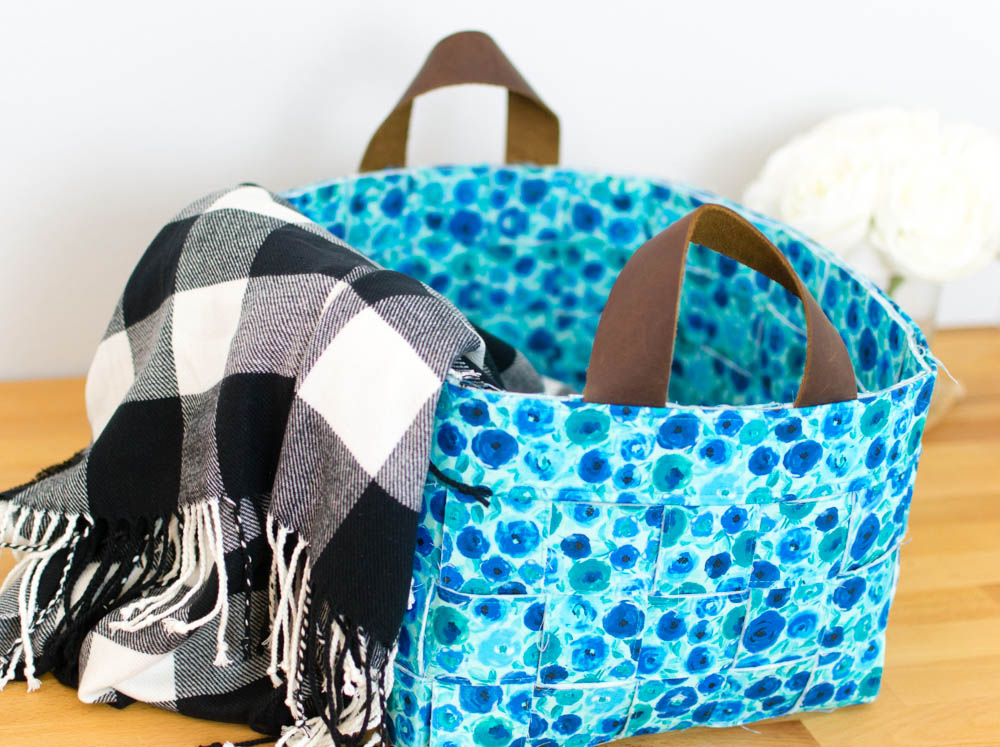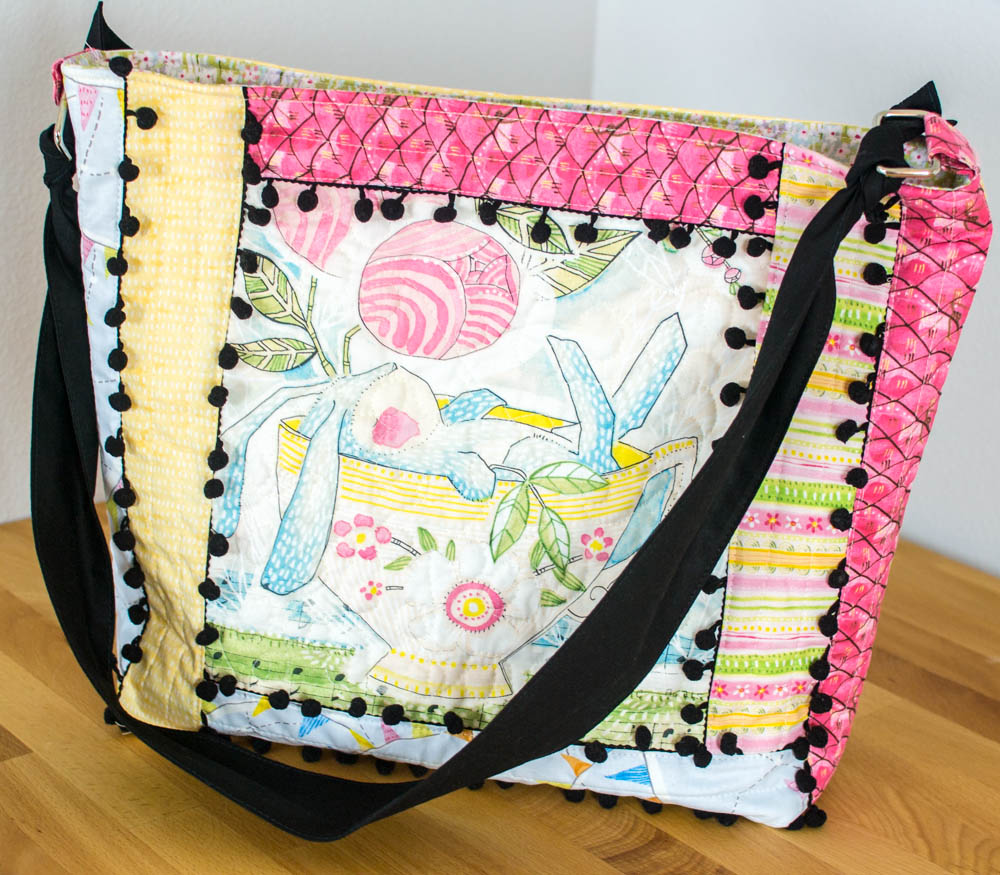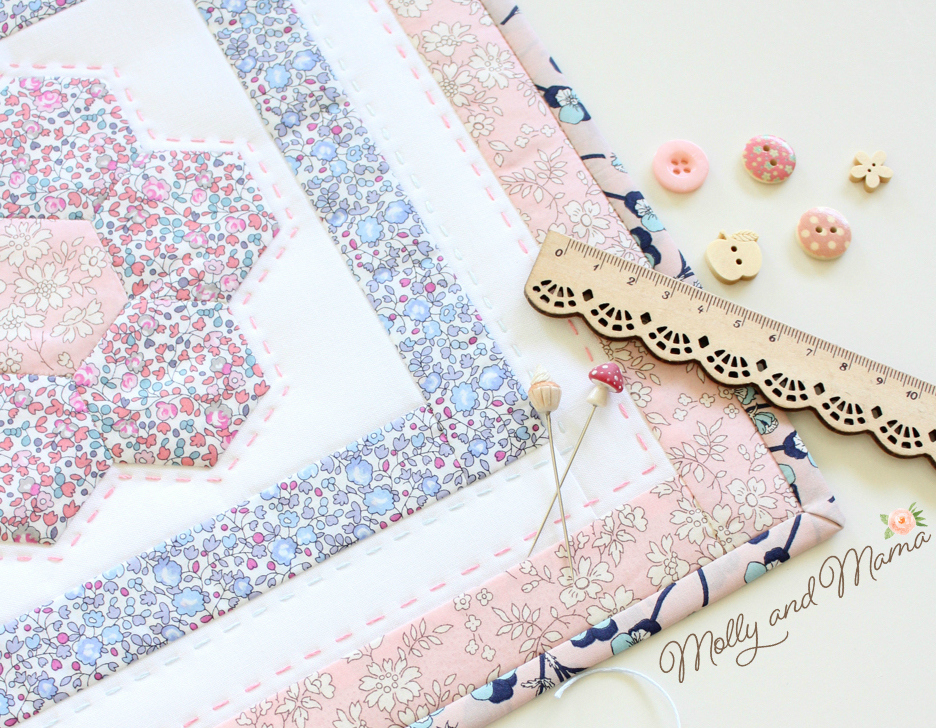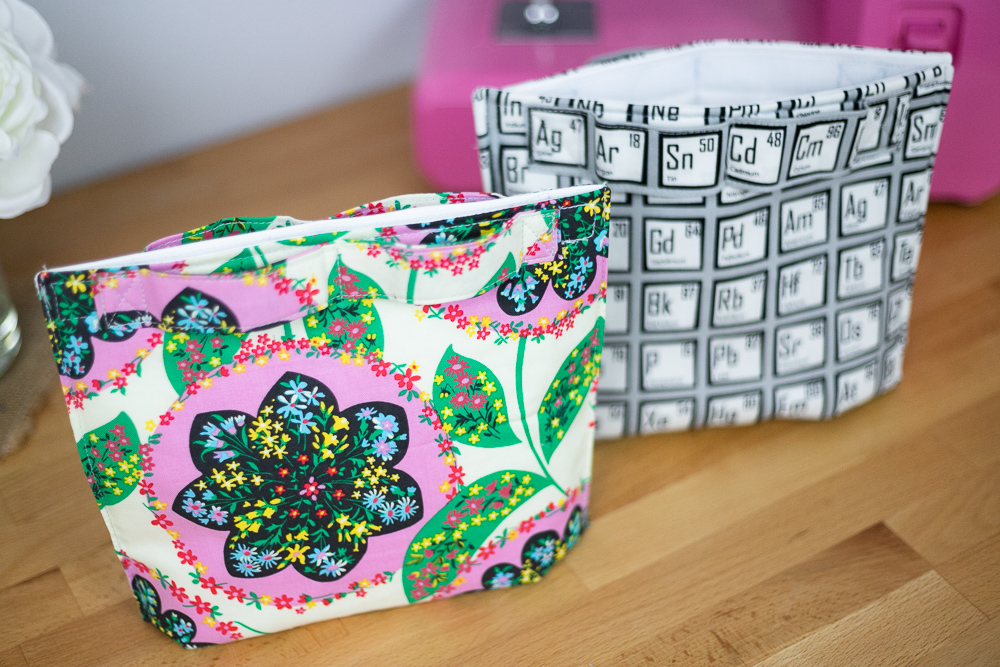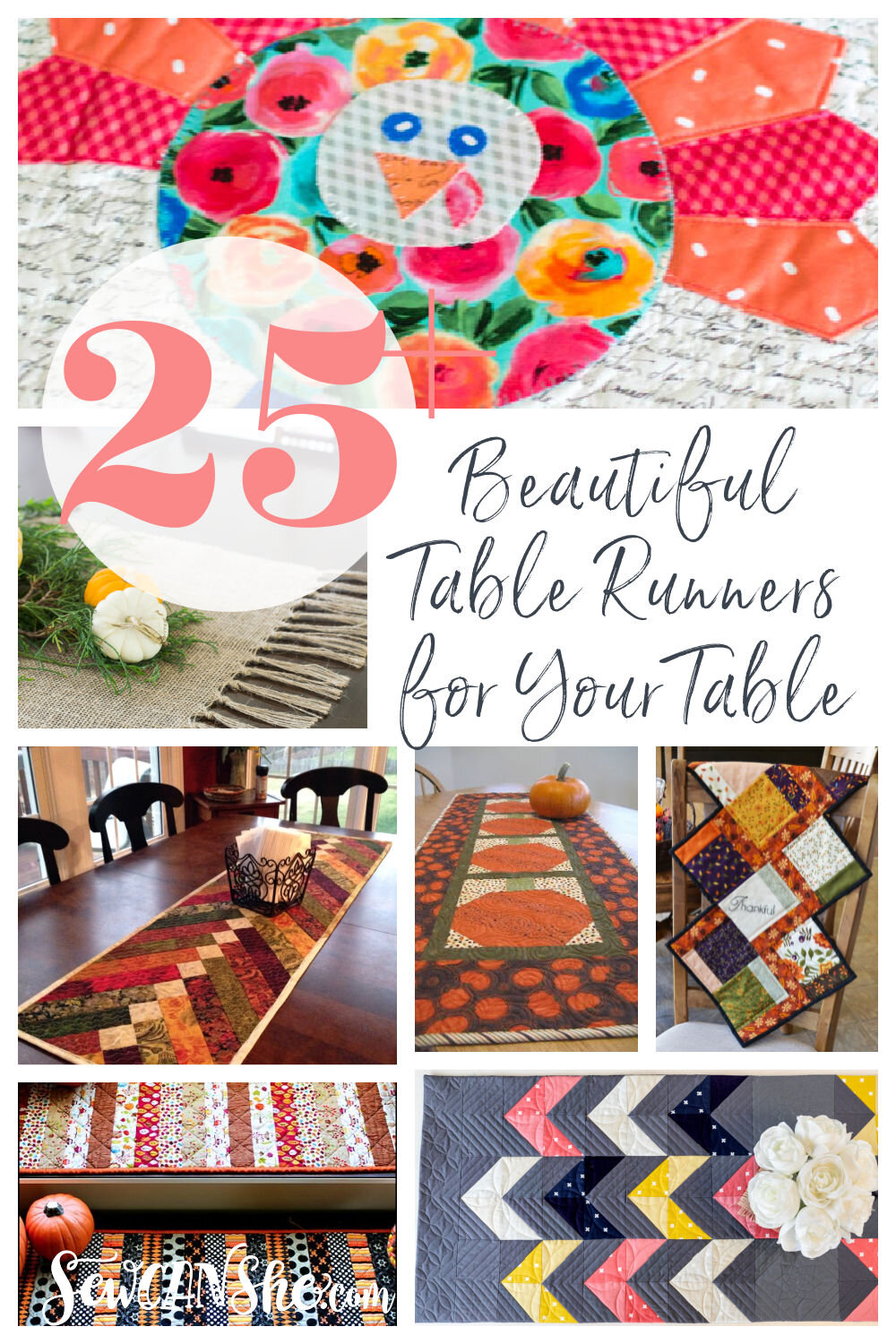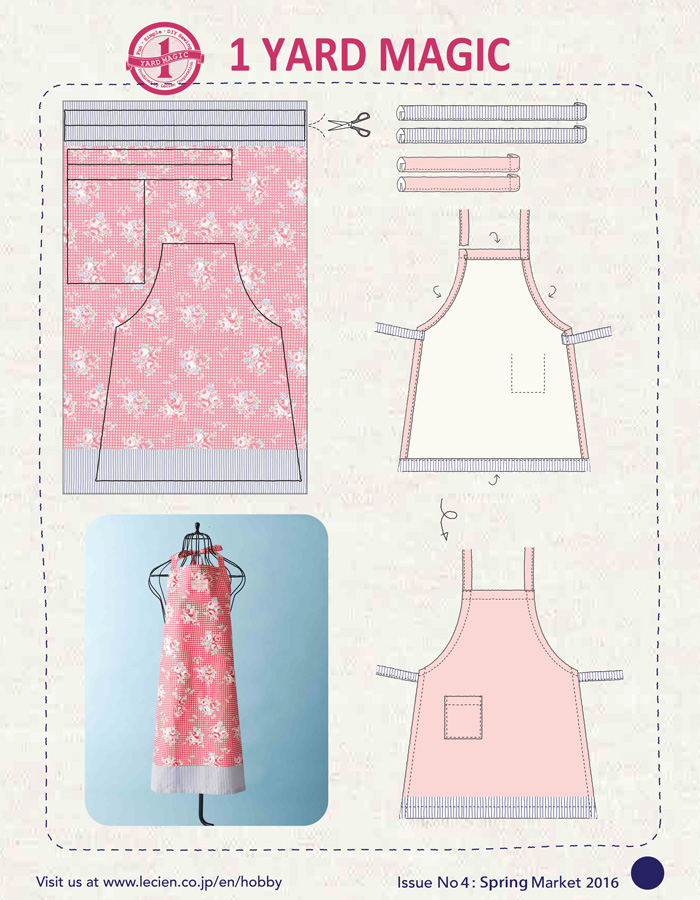How to sew with a Rolled Hem Foot

I’ve been sewing with my rolled hem foot quite a bit lately, so I snapped a few photos to show you. In this blog post I’m going to share some tips and tricks to get this foot working for you. The rolled hem foot sews just that, a narrow rolled hem that’s pretty on scarves, blouses, dresses, or even curtains.
If you have a lot of hemming to do, this little tool might save you lots of time and effort. It has a little twirly part (called the curl) in front that rolls the fabric raw edge into a hem for you. I have an older Bernina, and it’s foot #69.
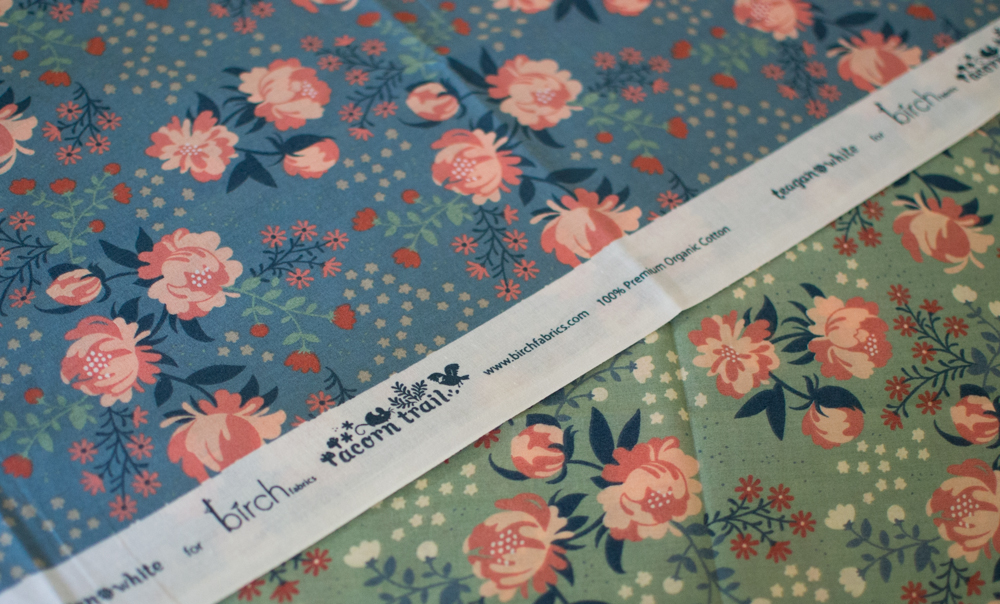
When deciding whether or not to use the rolled hem foot for your project, let the fabric guide you.
-
The rolled hem foot is best for lightweight fabrics such as voile, lawn, and chiffon.
-
It’s just not going to work on heavy fabrics such as canvas or denim.
-
If in doubt, cut a strip of fabric and test it out.
The fabric I’m sewing on in the pictures is organic cotton voile from Birch fabrics. It’s so lovely and lightweight – perfect for the rolled hem foot.

Before I start, I like to press a narrow hem to get the sewing machine started.
-
Start with a clean edge (cut with a rotary cutter, if possible)
-
Press to the wrong side 1/8”
-
Fold over 1/8” again and press

Place the pressed edge under the rolled hem foot and gently ease the raw edge inside the curl.
The trick is to feed enough fabric around the inside of the curl to create the hem, but not so much that it gets clogged and the fabric folds too many times.
If you don’t feed enough fabric into the foot, it won’t make the hem.

While feeding the fabric smoothly with your left hand, use your right hand turn the raw edge over 4” – 6” in front of the foot.

Here is the result! The project I was working on is an Easy Infinity Scarf.
You can also use the rolled hem foot with specialty stitches, such as the blind stitch to make a shell edge.
Let me know what you think in the comments, especially if you have more tips for us.
Happy sewing!

Disclosure: some of my posts contain affiliate links. If you purchase something through one of those links I may receive a small commission, so thank you for supporting SewCanShe when you shop! All of the opinions are my own and I only suggest products that I actually use. 🙂


